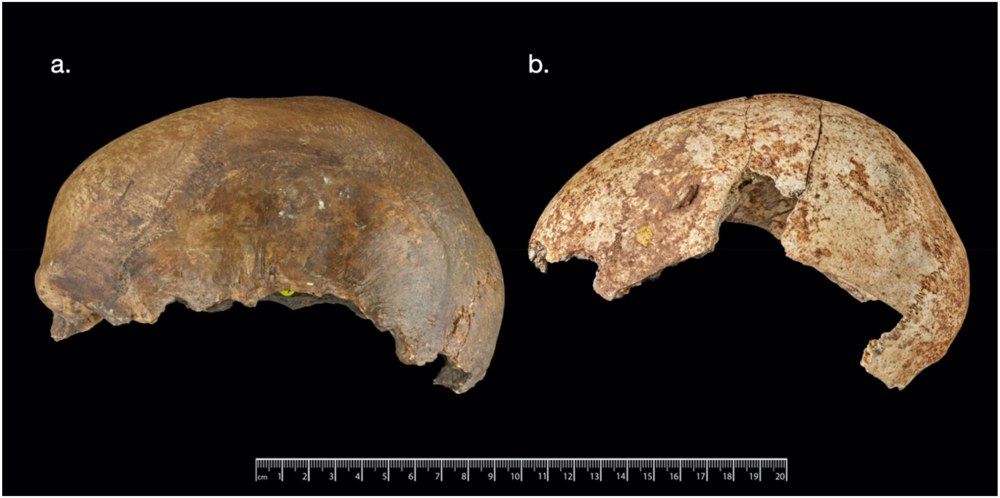Cannibalism was a standard funerary practice in parts of Europe around 15,000 years ago, according to new research from London’s Natural History Museum (NHM) that involved rigorous analysis of archaeological and genetic evidence. The study uncovered remains that consistently showed signs of chew marks, as well as manipulation of bone to create tools.
Magdalenian human groups were occupying northwestern Europe during the late Upper Paleolithic, which was around 15,000 years ago. This new evidence of routine cannibalistic behavior represents the oldest on record, providing novel insights into the emergence of funerary practices over time.
“We interpret the archaeological evidence that cannibalism was practiced on multiple occasions across northwest Europe over a short period of time as an indication that such behaviour was part of a funerary behaviour among Magdalenian groups, and not simply practiced out of necessity,” said Dr Silvia Bello, paleoanthropologist and principal researcher at the NHM and joint first author of the study, in a statement.
The discovery centers around Gough’s Cave, located in Cheddar Gorge, a famous Paleolithic site that’s known for the discovery of human skull cups. Cut, break, and chew marks can be seen across over 100 human bones retrieved from the cave, and researchers believe they now have sufficient evidence to support cannibalism among this group as being a common funerary practice among Magdalenian groups in northwestern Europe as a whole.

Two Magdalenian skull cups recovered from Gough’s Cave, United Kingdom and Courbet Cave, Bruniquel, France.
Image credit: Trustees of the Natural History Museum
Curiously, those groups engaging in cannibalistic funerary practices also shared genetic ancestry as members of the Magdalenian. They were later displaced by individuals from Epigravettian groups, who performed burials as a standard funerary practice, which the researchers suggest is why the cannibalistic approach eventually died out, due to population replacement.
“To contextualise Gough’s Cave better, we reviewed all archaeological sites attributed to the Magdalenian culture,” explained William Marsh, a postdoctoral researcher at the NHM and joint first author of the study.
“During the terminal time period of the Palaeolithic, you actually see a turnover in both genetic ancestry and funerary behaviour, indicative of population replacement as Epigravettian groups migrated northwards. We believe that the change in funerary behaviour identified here is an example of demic diffusion where essentially one population comes in and replaces another population and that brings about a change in behaviour.”
Throughout history, humans have taken to all kinds of approaches to dispose of their dead, and even today there’s far more on offer than your straight-up burial. In Tibet, sky burials see bodies taken to the heavens in the stomachs of predatory birds, and in the US, more and more people are opting to become human compost. There’s also aquamation: Desmond Tutu’s green alternative to cremation.
Finding ways to dispose of the dead is crucial if we’re to reduce the risk of disease spread, but the clever and complex decomposition ecosystem is another way in which corpses can be recycled. We’ll be talking to forensic expert Dr Devin Finaughty all about it at CURIOUS Live, IFLScience’s free virtual event. Sign up today to get your free spot and watch from anywhere on October 21.
Source Link: Cannibalism Was A Common Funerary Practice In Europe 15,000 Years Ago